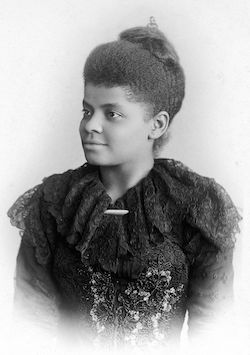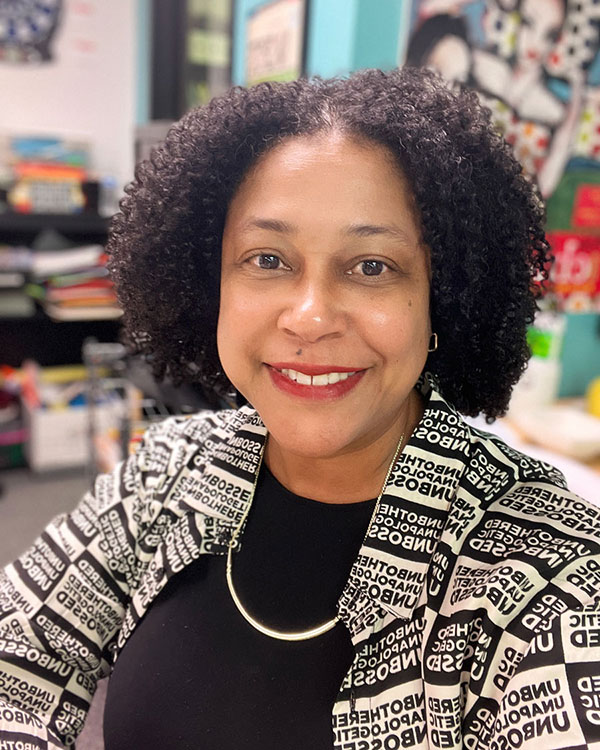I’ve thought a lot about equity in media coverage lately. Black and Brown women go missing every day in the United States. Black and Brown women die at the hands of partners every day in the United States. Yet, we’re rarely afforded the same media attention that white women get when these tragedies strike, particularly white women who are pretty, thin and at least middle class. Perhaps you’re wondering why. I’m not.
There are a myriad of reasons. Much of it has to do with us being “othered” in media since slavery. From the mammy to the over-sexualized vixen, BIPOC women are not usually considered the standard of beauty as much as we are envied for our curves and full lips, fuelling the plastic-surgery industry for decades.
I submit that these inequities shift when the editors, station managers and publishers—media leaders who set the tone—look like the communities they claim to serve.

When leadership and staff are monolithic, coverage is monolithic. At this juncture, someone will use the excuse that the talent pool isn’t there. That’s not true. Basic math insists that the talent pool is there, especially when you’re willing to develop talent into superstars. When Donna and I sit with funders, the conversation inevitably lands on our staff and our boards. National funders are usually shocked at the diversity of our staff through all departments, contributors and our boards, not to mention our source networks.
I’m always a little shocked when they are shocked, but I get it. A lot of media don’t even try to staff up in a way that resembles their market, or work to maintain it when they do. And they proclaim to focus on diversity in sources, but then quickly forget about it until they promise it again in six months.
We are fully aware that we aren’t perfect, but the MFP focuses on inclusion on our team and sources daily, and our employment and contractor application pool shows it. Why? Because our coverage is a daily invitation. Our front page looks like Mississippi. People want to work where they are seen and heard. We’re off to a good start, but Donna and I want more for our state and our team. We plan to cover Mississippi even more comprehensively, connecting with long-ignored communities in every corner of the state and every county.
We can’t do that without funding. We didn’t start the Mississippi Free Press in March 2020 with deep pockets. We started it because Mississippians and Mississippi supporters like you had our backs and wanted consistent “leading edge,” truth-to-power journalism you don’t get from other news outlets. Help us continue this important work by becoming a recurring member today at any amount.
We appreciate you.
This MFP Voices essay does not necessarily represent the views of the Mississippi Free Press, its staff or board members. To submit an essay for the MFP Voices section, send up to 1,200 words and factcheck information to azia@mississippifreepress.org. We welcome a wide variety of viewpoints.






